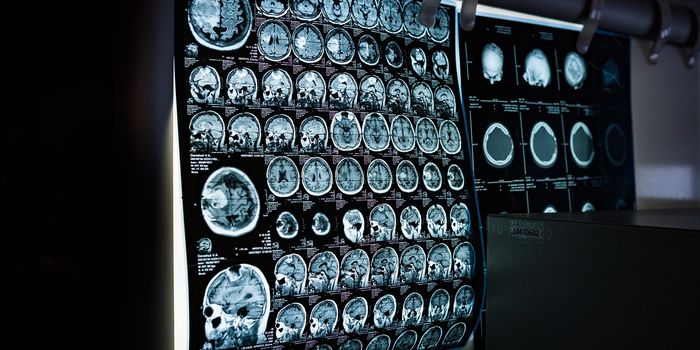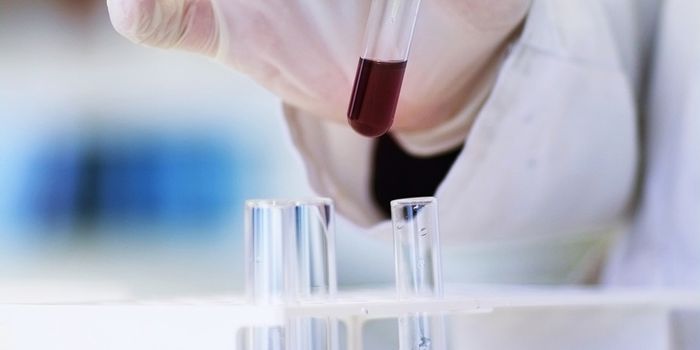Using Arsenic to Enhance Cancer Therapies Beyond Leukemia
Arsenic is anecdotally known to many as a poison, but it has historically been a potent chemotherapy agent. Chemotherapies are basically controlled poisons; it is not so far-fetched to think of arsenic in these terms. Originally used to treat leukemia in the nineteenth century, known as Fowler’s solution, arsenic continues to be investigated and used in conjunction with all-trans retinoic acid (ATRA) for the treatment and cure of Acute Promyelocytic Leukemia (APL). Specifically, arsenic trioxide (ATO) is the active component needed to promote the anti-leukemic process in the body. ATO acts on APL by destroying the main fusion protein called PML-RAR![]() which is the disease driving genetic change causing the arrest of myelocytic cell differentiation. Myelocytic cells need retinoic acid, or vitamin A, to continue developing into mature neutrophils which is why ATRA was used in the first place.
which is the disease driving genetic change causing the arrest of myelocytic cell differentiation. Myelocytic cells need retinoic acid, or vitamin A, to continue developing into mature neutrophils which is why ATRA was used in the first place.
A recent study published in Nature Communications outlines how ATO and ATRA together target an oncogenic signaling regulator called Pin1. Pin1 activity is documented in multiple cancers besides leukemia including breast and liver solid tumors. ATO has been found to degrade Pin1 and ATRA controls the cell’s ability to take up ATO when it is in the body.
This is an emerging area of research because solid tumors are challenging to target; tumors are often found to utilize multiple activation pathways to remain viable and support their rapid growth. Blocking one pathway may not work but finding the target that drives a multitude of signaling mechanisms, like in the case of Pin1, provides promise. ATO and ATRA together have been proven safe at clinical doses and inhibited triple negative breast cancer cells as well as other tumor initiating cells in animal models.
In vivo studies and clinically relevant data have demonstrated the viability and efficacy of using arsenic in conjunction with other therapeutic agents, like in the case of ATO-ATRA and APL. Because this combination was found to impede further tumor growth via tumor initiating cells, the tumor’s normal renewal and progression process is disrupted. In fact, the authors found that Pin1 is “highly enriched” in breast tumor initiating cells and propose further study on whether Pin1 inhibitor drugs could target these specific breast tumor cells.
Sources: Nature Communications, Pathology Outlines, Nature Medicine, Journals of Hematology & Oncology,









